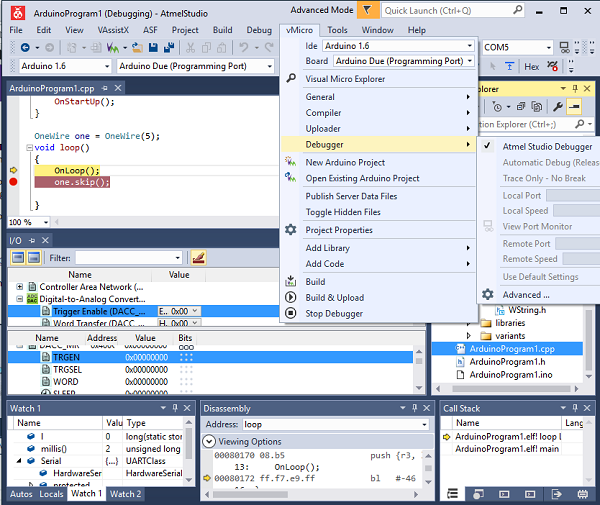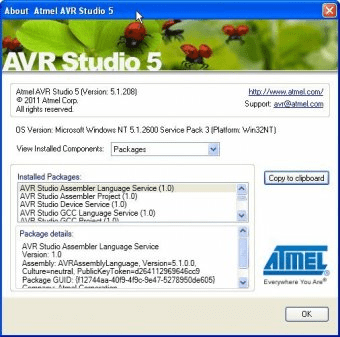

We are not certain about the “uncertain support” because we haven’t found any statement or document from Microchip so we plan for the worst. Compiles/IDE mix seems to have a reputation of being buggy.IDE is less intuitive and the layout is bad (personal view).It is the current go to offer from Microchip.


I prefer the AS7 IDE, but that may just be because I've worked with it more. The data visualization tools don't feel as well developed. Perhaps its my lack of experience with Harmony, but it still takes me a while to figure out how to arrange things in Harmony. The code generated by Harmony is much cleaner and closer to the processor. That's really bad, since it's usually difficult to back out of the change and there's no way to find out what's causing the error. But even worse: I cannot tell you how many times START has failed with an error when I try to re-generate a project after making some minor change. The data visualizer has some great features, like detailed power measurements for the XPlained Pro boards.ĪSF4's HAL/HPL/HRI layering probably seemed like a good idea when created, but it misses the mark and (in my opinion) is needlessly abstruse. atstart files with different settings to test things out. The loose coupling between START and AS7 is useful: I sometimes generate several. The START user interface is easier and more intuitive. In my experience, both have pros and cons: I've been developing a few ATSAMxx projects in parallel in both Atmel Studio 7 / START / ASF4 and in MPLAB X / Harmony.


 0 kommentar(er)
0 kommentar(er)
